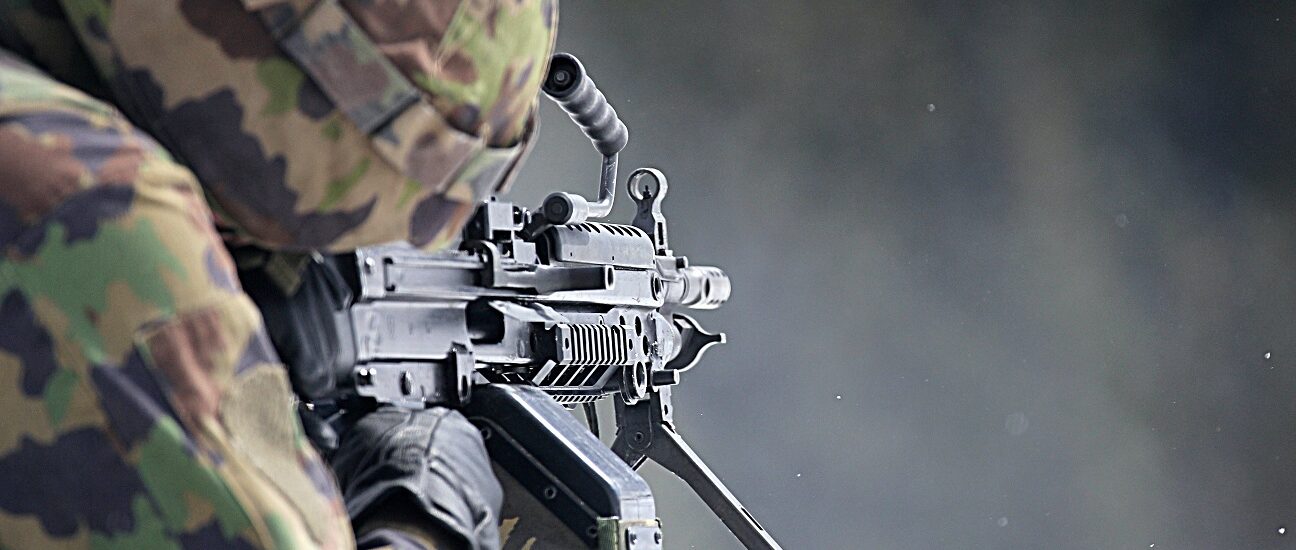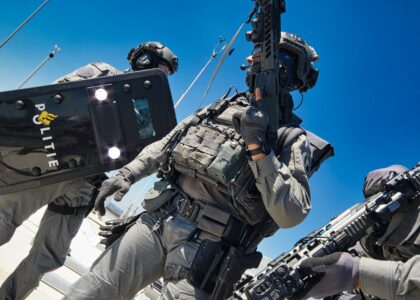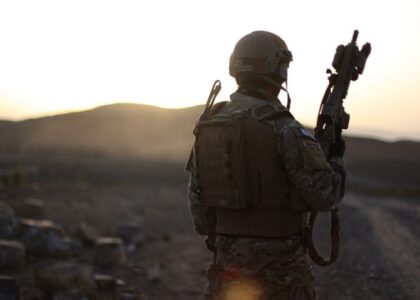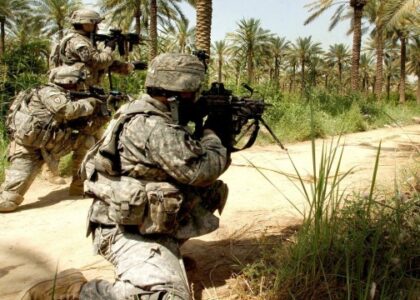Body armor for sale are not created to last forever, neither were they created to stop every kind of ballistic threat. It is important for every user and owner of a body armor to know this before throwing themselves towards any kind of ballistic threat. Even the body armor for sale in today’s market can give way when hit by a higher caliber of bullet rounds. Therefore, the NIJ, National Institute of Justice, breaks down ballistic protection by levels of ballistic protection of ballistic armor.
When it comes to ballistic performance, there are critical differences in NIJ ballistic levels for armors. For one, the Level II will stop most common handgun rounds including 45 acp, 9mm, .40 s&w, .357 etc. These can be made of soft armor. Level IIIA will protect against nearly all handgun rounds up to .44 magnum, 9mm submachine gun rounds, and even 12-gauge shotgun slugs. These can be made of soft armor or hard armor. Level III are made of hard armor and are rated for rifle protection. Level III armor is designed to withstand 7.62 mm FMJ (US military M80) rounds with a mass of 147 grains and a velocity of 2780 ft/s. Level IV will stop armor piercing rounds as well as rifle threats.
However, there is a lot to consider when choosing body armor for sale. When it comes to making this decision, there is a need to weigh the tradeoff between protection and mobility. Softer armor tends to be lighter weight, easier to maneuver and less expensive. These are easier and more comfortable to use when shooting on the move but tend to offer less protection. Harder armor offers increased protection. The tradeoff, however, is a heavier armor that offers less mobility and a higher price tag.
For more articles, please click here.






Recent Comments